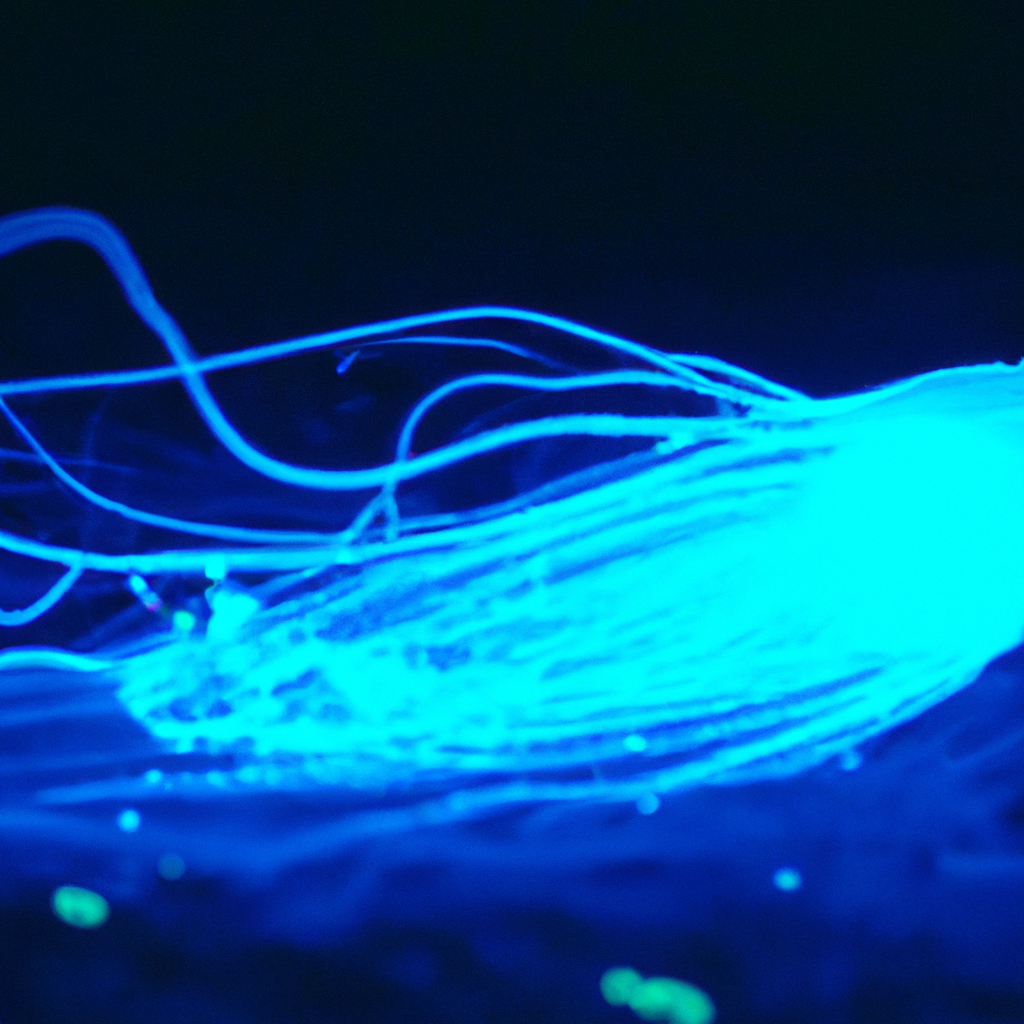Bioluminescent organisms are fascinating creatures that produce light naturally. From the deep sea to the dense forest floors, these organisms use light production as a means of communication, camouflage, and defense. But how exactly do bioluminescent organisms produce light? Let’s delve into the bioluminescence mechanism and explore the science behind it.
Luciferin and Luciferase
The bioluminescence mechanism relies on two main components: luciferin and luciferase. Luciferin is a molecule that emits light when it reacts with oxygen. Luciferase is an enzyme that catalyzes the reaction of luciferin with oxygen, resulting in light production. Many bioluminescent organisms, including bacteria, fungi, and animals, use this enzymatic reaction to produce light.
Bioluminescent Proteins
In addition to luciferin and luciferase, some bioluminescent organisms use bioluminescent proteins to produce light. These proteins are synthesized by the organisms and emit light when they undergo a chemical reaction. Photoprotein is an example of a bioluminescent protein found in jellyfish and other marine organisms. When calcium ions bind to photoprotein, it undergoes a chemical reaction that produces light.
Bioluminescent Bacteria
Bioluminescent bacteria are a group of bacteria that produce light using the luciferin-luciferase system. These bacteria use bioluminescence as a means of communication, allowing them to coordinate their behavior and form colonies. For example, some marine bacteria use bioluminescence to attract fish, which in turn help disperse the bacteria.
Bioluminescent Plankton
Bioluminescent plankton are tiny organisms that produce light in the ocean. They are a vital part of the marine ecosystem, serving as a food source for many marine animals. Bioluminescent plankton use the luciferin-luciferase system to produce light. When disturbed, they emit bright flashes of light, a phenomenon known as bioluminescence.
The Science Behind Bioluminescence
The bioluminescence mechanism relies on the interaction between luciferin and luciferase. Luciferin is a molecule that is oxidized by oxygen in the presence of luciferase, resulting in the emission of light. The reaction is very efficient, with nearly 100% of the energy released as light.
The exact mechanism of the reaction is not well understood, but it is thought to involve the transfer of energy from luciferin to luciferase. Luciferase acts as a catalyst, lowering the energy barrier for the reaction to occur. The reaction is also pH-dependent, with optimal conditions for light production occurring at a pH of around 7.5.
Conclusion
Bioluminescent organisms produce light using a variety of mechanisms, including the luciferin-luciferase system and bioluminescent proteins. Bioluminescence is a fascinating phenomenon that has evolved in many different organisms, allowing them to communicate, defend themselves, and attract prey. The science behind bioluminescence is complex, but the interaction between luciferin and luciferase is at the heart of the bioluminescence mechanism. As scientists continue to study bioluminescent organisms, we will undoubtedly learn more about this fascinating natural phenomenon.







